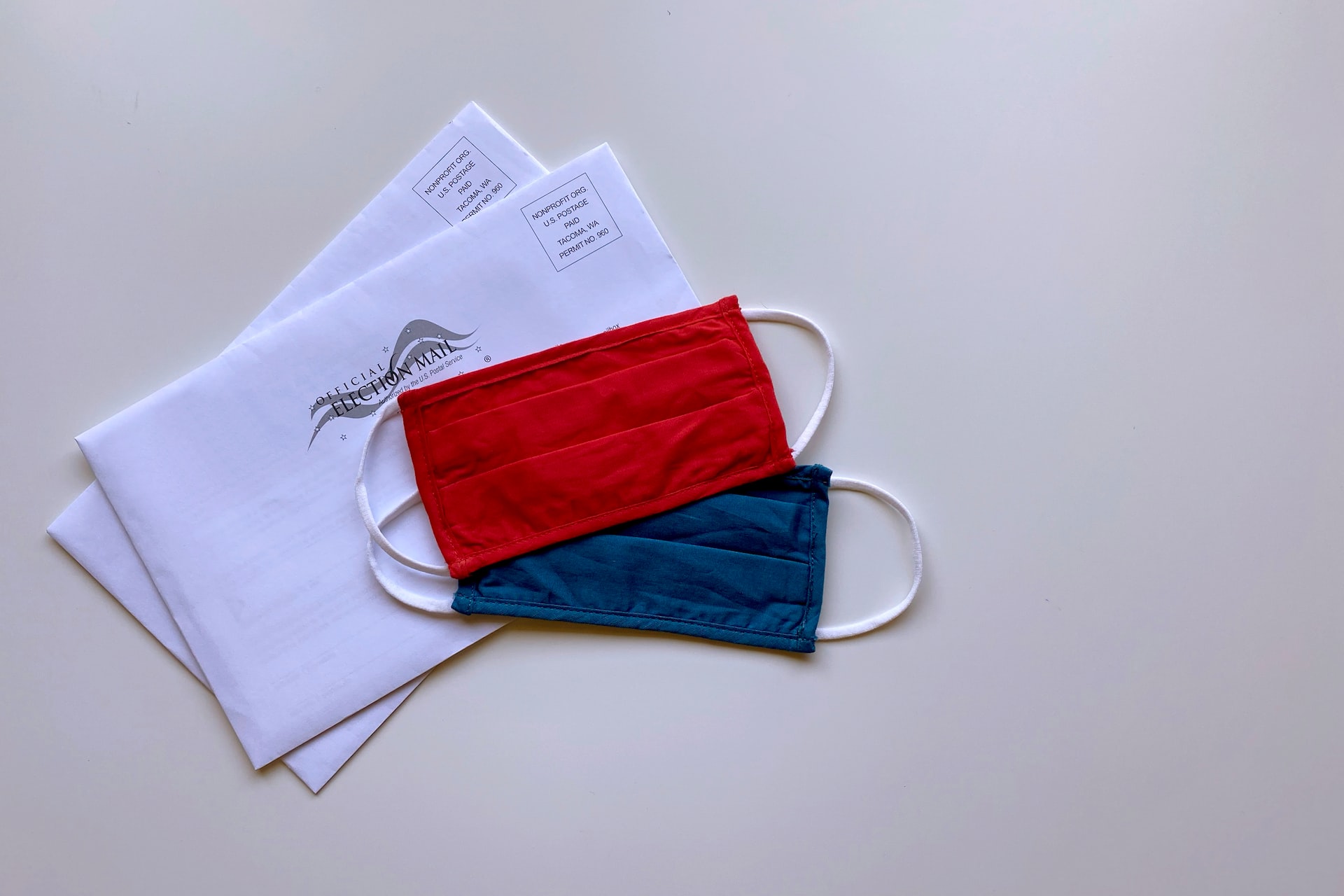
Unpacking the Different Components of Voter Suppression Bill Details
Voting rights are under attack across the country as states pass laws designed to make it harder for people–especially people of color, students, and low-income citizens–to exercise their constitutional right to vote.
One such law, SB 202, signed by Georgia’s Republican governor last week, has generated controversy. Here’s what you need to know about some of its most controversial provisions.
Voter Registration
Voter registration (also called voter enrollment) adds a person to an electoral roll. This can be done through government offices or by an application, and it usually happens before a person can vote in an election.
This may include registering a new voter to the state or country, re-registering a previously registered voter who has moved from their previous home or updating the details of a previously registered voter who has changed their name or address. In some countries, voting is mandatory for citizens, while in others, it is optional.
In the United States, voter registration is regulated by the National Voter Registration Act of 1993. This law requires that all state governments provide uniform voter registration services through driver’s license registration centers, disability centers, schools, libraries, and mail-in registration.
In the past two years, state legislatures across the nation have passed a barrage of legislation restricting voting access. These laws often target specific groups based on race, ethnicity, age, or other aspects of a person’s identity.
Voter Identification
Voter identification laws require voters to show one or more forms of ID at the polls. These IDs can include driver’s licenses, state or local government or private employer IDs, student IDs, and military IDs. In practice, however, many people need access to these IDs, which can prevent them from voting.
Voters who do not have a required form of identification can still vote if they have another type of documentation that proves their identity, such as a birth certificate or a social security card. Additionally, some states allow voters to use provisional ballots if they do not have a required form of identification.
These forms of identification can vary by state and can be expensive to obtain. Some states also close ID offices, making it easier for people with the proper documents to get the ID they need.
In addition to making it difficult for eligible voters to register or cast a ballot, voter suppression bills often target specific groups of Americans based on their race, ethnicity, political affiliation, age, or other aspects of their identity. These measures include voter ID and proof-of-citizenship restrictions, reduced polling place hours in communities of color, elimination of early voting opportunities, and illegal purges of voters from the rolls.
These bills like the Georgia voter suppression bill details are often introduced by Republican lawmakers and passed in Republican-controlled legislatures with little or no Democratic support. They are then signed into law by Republican officials.
Voting by Mail
Voting by mail is a popular election method in many states, especially as an option for people who are unable to travel to polling places. It allows individuals to request and receive an absentee ballot by mail without the hassle of traveling to a polling place or waiting in line.
There are several reasons an individual may request a vote-by-mail ballot: illness, disability, transportation issues, military service, job relocation, and other circumstances. Those requesting an absentee ballot must provide the following information: their name, address, and date of birth.
In addition, voters must submit a copy of their government-issued photo identification to their Supervisor of Elections office. They must also sign a certificate certifying that they are a registered voter.
These requirements ensure that the voter receives a valid, legitimate ballot and prevents anyone from using the vote-by-mail system to steal votes or otherwise manipulate the election results. In addition, the process is secure, and a mail-in ballot can help reduce the COVID health risks associated with large crowds at polling places.
However, voter suppression is broader than just preventing eligible voters from casting their ballots. It can also include political strategies that make it harder for people to participate in elections, such as racial or partisan gerrymandering, which packs members of a particular group into fewer voting districts.
Voting in Person
Voting in person is essential for many people to cast their ballots. Early voting is also an excellent opportunity for those needing to take time off work or school to vote.
When you arrive at the polling place, check in with the poll workers and get a paper ballot. Then, go to a privacy booth to mark your ballot in private. Remember to remove any materials before you leave the booth.
To avoid crowding, stay about six feet away from other voters. If you have a physical or mental health condition or disability that makes it difficult to stand in line, let the poll worker know ahead of time so they can make accommodations for you.
This is especially important if you use a wheelchair or other mobility aid. The poll worker can find you a quiet area for you to wait or call you when it is your turn to vote.
Several states are currently in court to challenge voter suppression laws. The courts have recently ruled against Arkansas’s voter ID law and Florida’s new restrictions on early voting. And Montana’s preliminary injunction against four anti-voting laws has given the state and its voters a significant boost.


